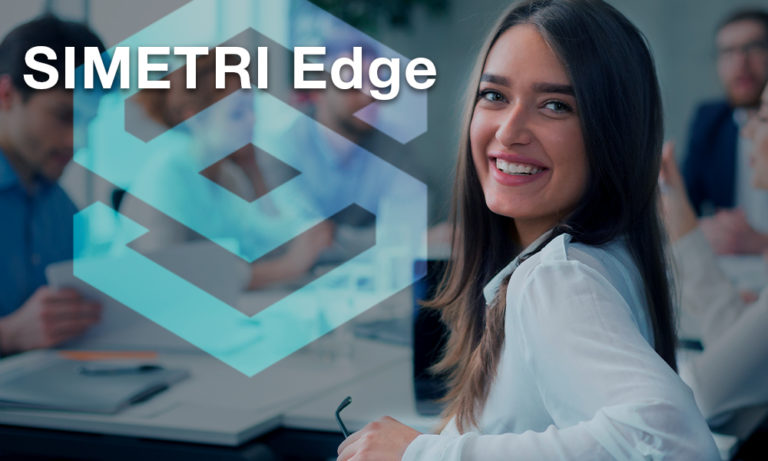How to quickly analyze a crypto project in 3-easy steps?

During my daily research, I look at tens of projects. Some of them are more interesting, some are less. However, you might ask, how do I understand that the project is interesting at all.
Of course, my experience and understanding of the market helps me analyze projects. However, experience is not everything.
So in this email, I will share with you how to quickly assess the project, even if you don’t have long term experience investing in crypto.
All you need to do is just follow three simple steps.
Tip #1 — Analyze Twitter Sentiment
If you are trading crypto and are not yet using Twitter, I would highly recommend you register today. Crypto community is very active and vocal on Twitter. So it is easy to find interesting insights, literally about any project there.
First, you need to find the project’s Ticker and search for it on Twitter. Don’t forget to insert the “$” sign in front of it.
You should check both the latest and top tweets. However, I usually pay more attention to how many latest tweets the project has. Usually, if there are a lot of new tweets, it means that the crowd is excited about the project, which could potentially lead to a short-term price appreciation.
For example, let’s look at the Adventure Gold token (ticker AGLD). It was added to our Radar in September and it is already up more than 800% since then.

Source: Twitter.com
By looking at the number of tweets, I see that while people are still tweeting about it, the overall activity has slowed down. On the day we added the project to the Radar, Twitter activity was much higher.
Different people were tweeting about it nearly every second, which showed that the project could potentially be interesting.
So if you hold some altcoins, search for them on Twitter, and see who else is interested in them.
Tip #2 — Analyze Token Holders
After you analyze Twitter sentiment, you need to look at how many people are buying the token, and how many new token holders are joining the project’s ecosystem. One note here, however, this is mostly applicable to Ethereum ERC-20 tokens.
To analyze the increase or decrease in the number of token holders you can use Etherscan or Bloxy.
First, you need to find your token’s contract. You can easily find it on Coingecko. You can copy the token contract under the Info section.

Source: coingecko.com
Second, go to Etherscan and insert that contract address into the Search by Address field.

Source: Etherscan.io
Then choose the token you are looking for.

Source: Etherscan.io
With AGLD, it can be clearly seen that the number of token holders significantly spiked on Monday, October 4, which could potentially mean that something interesting is going on with the project.
When we listed the project on our Radar in September, the number of token holders was growing significantly every hour. This was a good indicator of a potential price increase.

Source: Etherscan.io
So the basic tip here is to check how the number of token holders changes. If it increases significantly, on an hourly or daily basis, this is a good indicator that could potentially positively affect the price.
To check the number of token holders you can also use Bloxy. Similarly, to Etherscan, you will need to insert a token contract address. Then you need to go to the Holders tab, to see a historical change in the number of token holders. This website is useful to check historical token holders info over the long-term period.
Tip #3 — Read the project’s Reddit
As a final tip, I recommend skimming the Reddit channel of the project you are analyzing. The quality of discussion there is usually much higher than on Discord or Telegram.
The Reddit community is also very vocal if something is wrong with a project.
Reading Reddit should help you better understand what is going on in one or another ecosystem. This can potentially help you make better investment decisions.
Did you like the content of this Email? Follow us on Twitter.
Our research team at SIMETRI is also constantly sharing alpha. So feel free to follow me: Alexander Mardar, and my colleagues: Anton Tarasov, Sergey Yakovenko, and Nivesh Rustgi.
